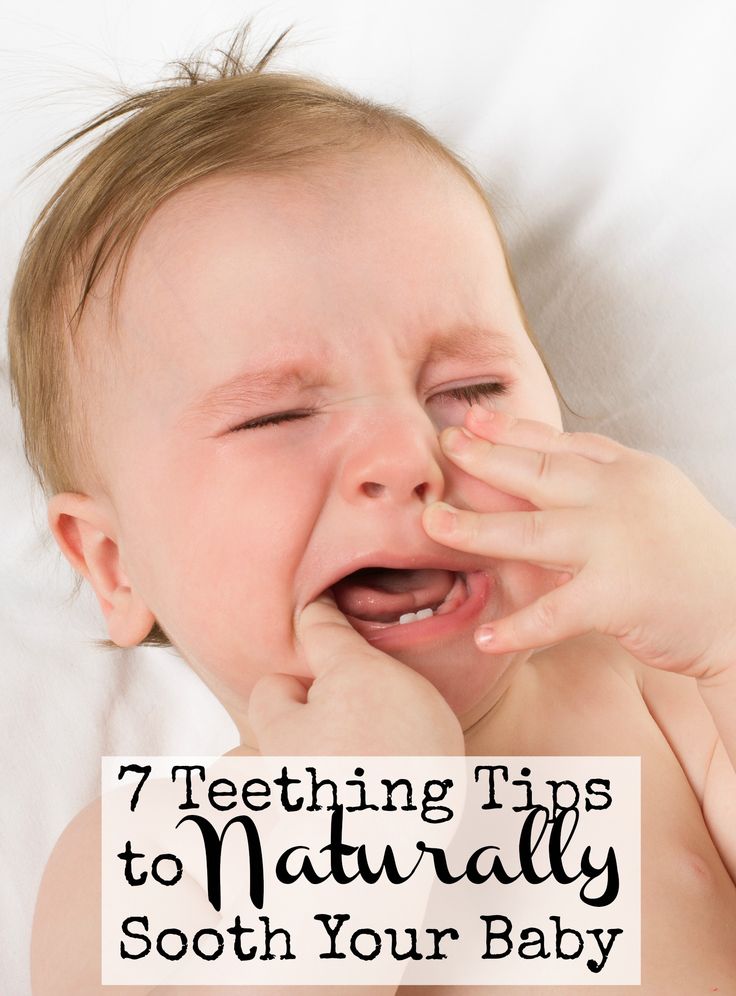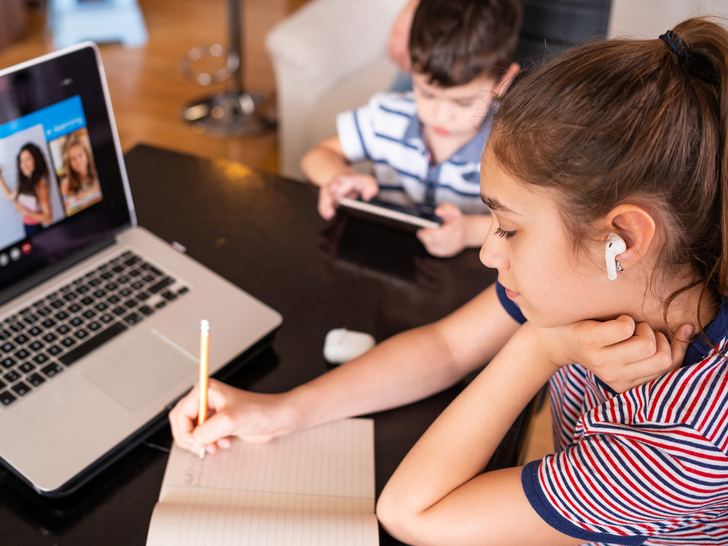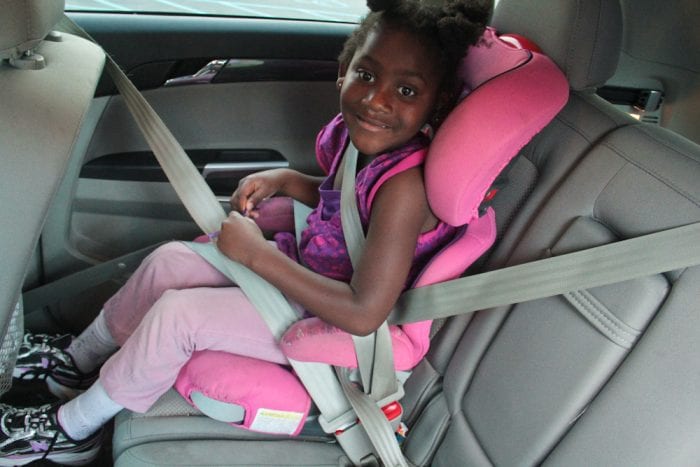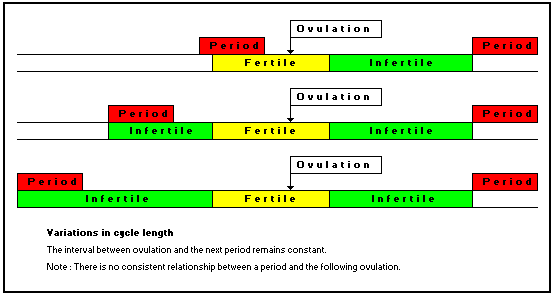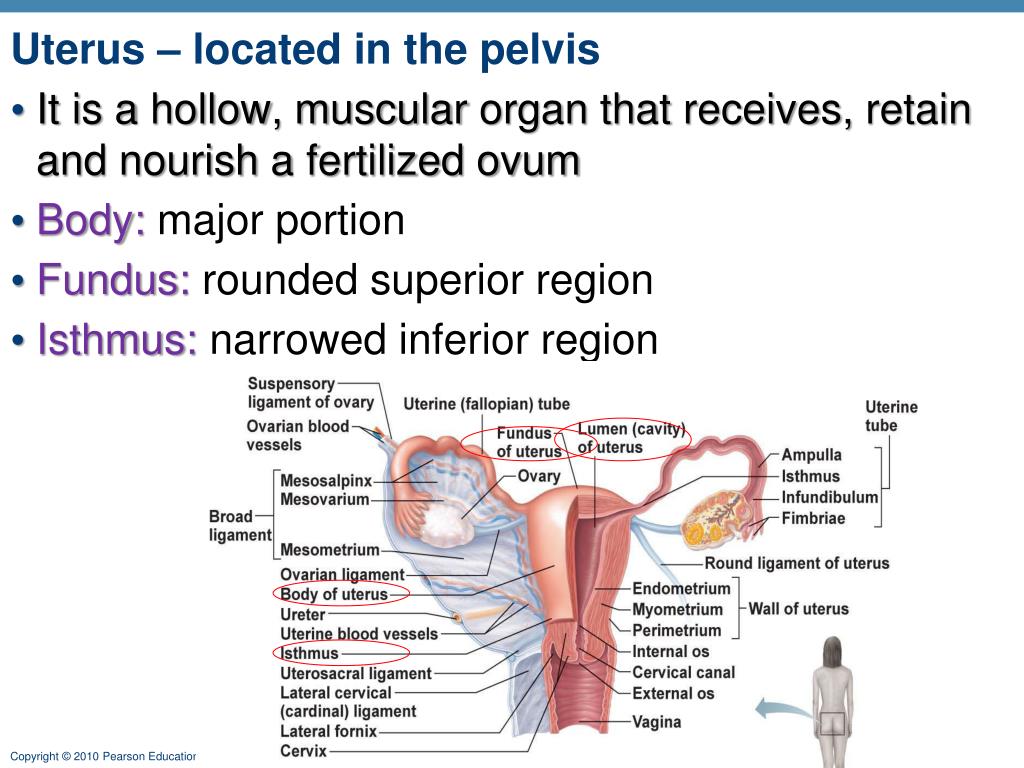How much does it cost to adopt a child in china
China Adoption - Process, Costs and Adoption Agencies
For many years, China has been one of the most popular options for parents choosing international adoption. As a result of the country’s one-child policy and other cultural factors, there were many children available for adoption, and the number of adoptions to the United States steadily increased through the 1990s and the 2000s. While the adoption regulations and types of available children have changed somewhat in recent years, China still remains a very common destination for adoptive families.
Read on to learn more about China adoption laws, steps in the process, and anything else you may need as you prepare to adopt.
China Adoption Quick Facts
- Open to adoption by American families: Yes
- Hague Convention country: Yes
- Average # of adoptions to U.S. families: 2,000-3,000/year
- Average travel time for adoption: 12-15 days
Who Can Adopt in China?
In addition to the Hague Convention regulations, China has its own requirements for adoption, which are somewhat more stringent than other countries. Read the sections below to learn about the various guidelines for families hoping to adopt from China.
Age
If you apply for a special needs adoption, then both parents must be between 30 and 55 years old. In other cases, you must be between 35 and 55. Neither parent can be more than 50 years older than the child they adopt. If you are a single parent, you cannot be more than 45 years older than the adopted child.
Family Size
Married couples must have fewer than five children under 18 in their home, none of them younger than a year old. Single parents must have no more than 3 children in the home, none of them younger than 6 years.
Marital Status
Married couples must be married for at least two years, and remarried couples must be married for at least five years. No more than two divorces are permitted.
China does not recognize same-sex marriage or allow same-sex adoption.
Income
Married couples must earn $10,000 per child in the home, including the prospective adopted child, with a minimum net worth of $80,000.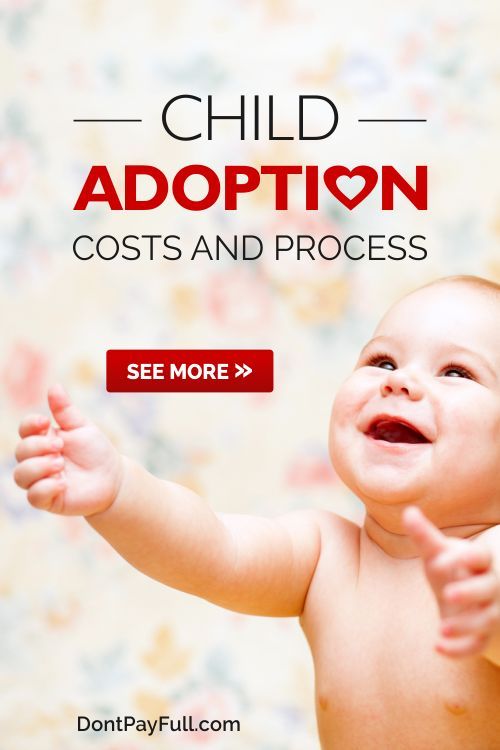 For single parents, the requirements may be stricter. In all cases, these requirements can be flexible depending on costs of living.
For single parents, the requirements may be stricter. In all cases, these requirements can be flexible depending on costs of living.
Medical History/Health
Anyone hoping to adopt must be in good health. Families will be deemed ineligible to adopt if they have a severe physical deformation, a life-altering or infectious disease, a mental illness or disability, blindness, deafness, AIDS, or a body mass index over 40.
Who Can be Adopted in China?
Children must be deemed adoptable in accordance with the Hague Adoption Convention in order to be eligible. This means that a reasonable effort must first be made to find a home within China for the children, and only then may they be available for international adoption. Additionally, available children are registered with the China Center for Children’s Welfare and Adoption, (CCCWA), which oversees the adoption process.
Available children in China are between infancy and 13 years of age. After the age of 14, they are no longer eligible for adoption.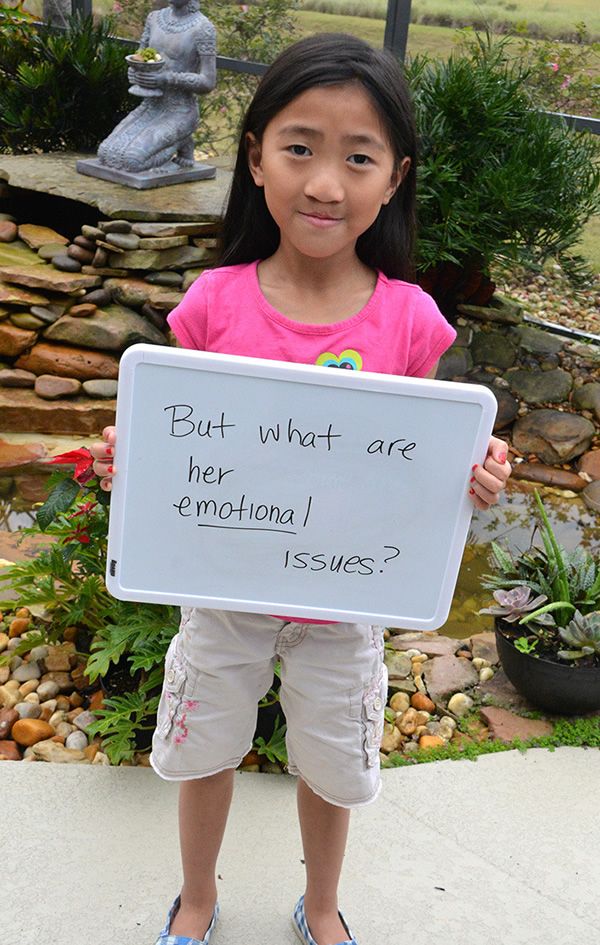 Waiting children may have varying degrees of special needs, either as infants with medical conditions or as healthy older children.
Waiting children may have varying degrees of special needs, either as infants with medical conditions or as healthy older children.
Adoption Process in China
Once you have determined that you want to adopt from China, you can begin your journey to growing your family. The process will involve getting approval from both the United States and China, matching with a child, preparing for travel, and finally, going to China to bring your child home.
During the adoption process, you will also need to prepare your dossier, a collection of all the required paperwork. Because all United States adoptions must be Hague-compliant, you can click the following link to learn about the forms you will need.
How Long Does it Take to Adopt a Child from China?
Depending on your adoption preferences, your agency, and more, the time it takes to adopt a child will vary. Below, you will find an outline of the steps in the process and the time they take:
- Find a professional and complete a home study: 3-6 months
- Apply for adoption eligibility: 12-14 weeks
- Wait for a referral: 12-18 months (special needs) or 5+ years (non-special needs)
- Accept and officially match with a child: 2-4 months
- Gain approval to travel: 9-12 weeks
- Travel and adopt your child: 2 weeks
Because of the extended wait times for healthy children, it is recommended that families consider a special needs adoption if they want to adopt from China.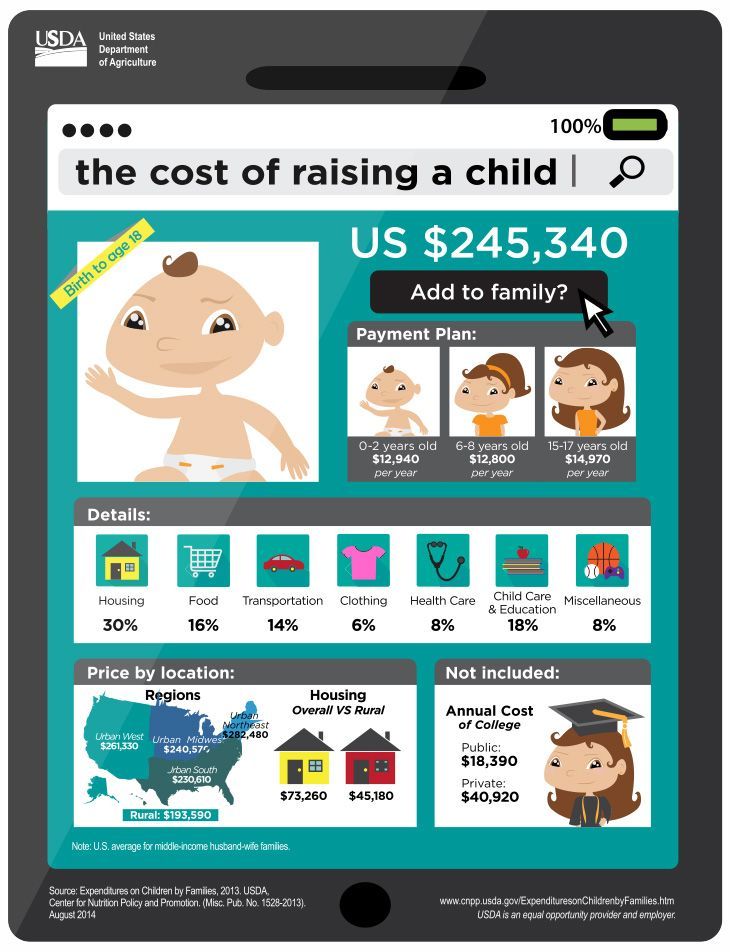
How Do I Find an Adoption Professional?
You must find an adoption service provider that is both Hague-compliant and CCCWA-licensed. Your adoption professional will assist you with compiling your dossier and communicating with the CCCWA so that you can be approved to adopt. Additionally, your professional will inform you when you have been matched with a child, help you prepare for travel, and guide you through every other step of the process.
Here are some of the U.S. professionals who complete China adoptions:
- Bethany Christian Services
- Great Wall China Adoption
- America World Adoption Association
- Heartsent Adoptions, Inc.
- New Beginnings Family and Children’s Services, Inc.
- Holt International
How Do I Become Eligible for Adoption?
In accordance with the Hague convention, you will need to fill out the Form I-800A for the United States Citizenship and Immigration Services (USCIS).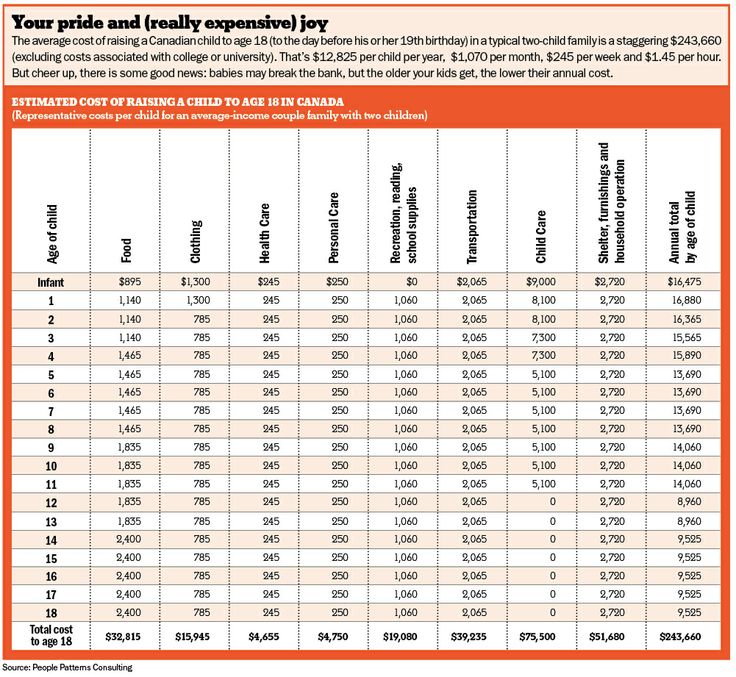 After the USCIS deems you eligible for adoption, your application will then move on to the CCCWA. At this point, you will also be able to indicate any adoption preferences you may have.
After the USCIS deems you eligible for adoption, your application will then move on to the CCCWA. At this point, you will also be able to indicate any adoption preferences you may have.
Once you have been approved by the CCCWA and completed any additional paperwork as directed, you will be able to wait for a child referral.
What Do I Do Once I Receive a Referral?
When the CCCWA gives you a child referral, you have the option to either accept or deny it. The referral will include a brief description of the child, along with some photos and a health record. You will need to make a decision on the referral within 45 days of receiving it. Whatever your decision is, you will need to speak to your adoption agency and prepare for your next steps.
Note: Please keep in mind that if you refuse a referral without providing a justifiable reason, it can seriously affect your chances of getting a second referral. If you are considering denying a referral, speak with your adoption service provider about your next steps.
When you accept a referral, you will then need to apply for the child to be eligible for adoption. If it is a special needs adoption, you will also need to complete your forms for your dossier within 72 hours. Then, you will send your Form I-800 to the USCIS to gain approval to adopt the child.
After this, your adoption agency will work with you to apply for travel approval and your child’s visa. At this point, you need to travel to China to move forward with your adoption.
How Do I Complete the Adoption?
Upon your arrival in China, you will be able to meet your child and begin the process of gaining legal custody. From there, you will either adopt the child in China, or you will travel back to the United States and adopt him or her there.
In order to take your child home, you will need to pay the necessary adoption fees, submit your dossier, and receive your child’s adoption certificate. Afterwards, you will need to apply for your child’s birth certificate, Chinese passport, and U.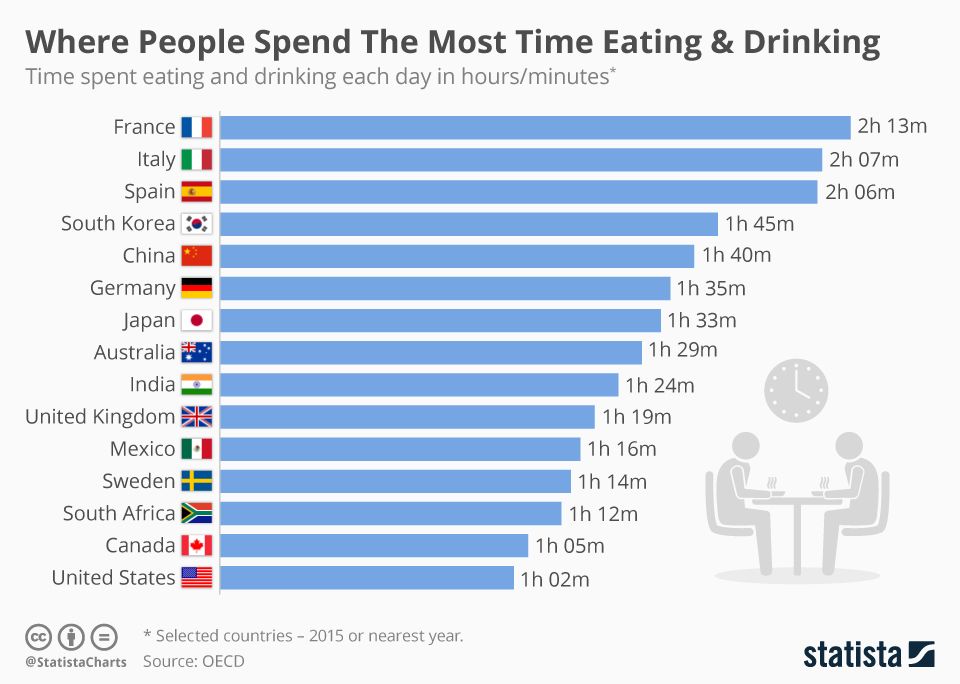 S. immigrant visa.
S. immigrant visa.
After you have arrived in the United States, you will complete your post-placement reports, and then you will be able to legally finalize your adoption.
China Adoption Costs
From home studies to agency fees to plane tickets, the costs of adoption in China can add up quickly. Depending on the professionals you work with, your adoption can cost from $25,000-$40,000. Below, you can find an average breakdown of these fees:
- Agency Application: $1,000-$2,500
- Home Study: $1,000-$3,000
- Program Fees: $8,000-$12,000
- Travel Costs: $7,000-$14,000
- Documentation: $1,000-$3,000
- U.S. Entry Visa Application: $300-$500
- Post-Placement Fees: $500-$1,000
- Orphanage Donation (required in China): $5,000-$6,000
- I-800 Visa Application: $500-$1,000
- Third-Party Fees: $2,000-$3,000
The numbers listed above are averages gathered from a number of different China adoption programs.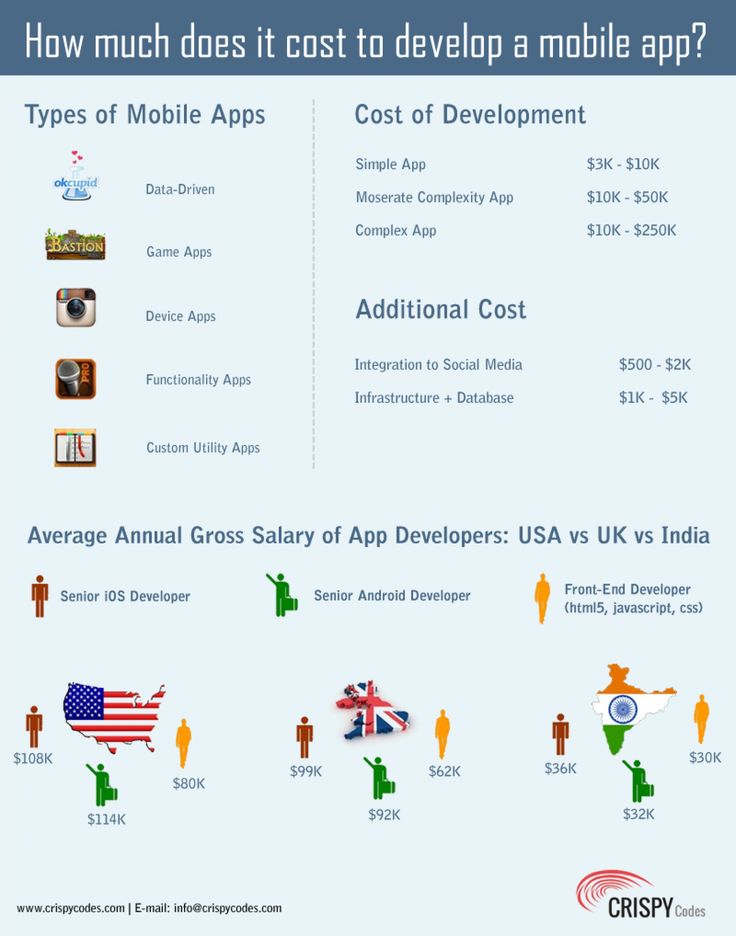 You can find costs at specific agencies by visiting their China adoption pages. For examples, visit Bethany Christian Services or Holt International.
You can find costs at specific agencies by visiting their China adoption pages. For examples, visit Bethany Christian Services or Holt International.
China Travel Tips
Whether or not you are adopting, traveling out of the country requires a lot of planning and preparation. In this section, you can find the basics of what you need to know while you are traveling in China. Learn more at the Bureau of Consular Affairs, U.S. Department of State website, or read the following sections for an overview.
- Be sure you are aware of Chinese laws before you go on your trip, because they will apply to you for the duration of your trip.
- You will want to pack plug adapters for anything you own that needs charging. While most American electrical systems operate at 110V, China’s run at 220V.
- China practices restrictive Internet censorship, which you will want to be prepared for during your time there.
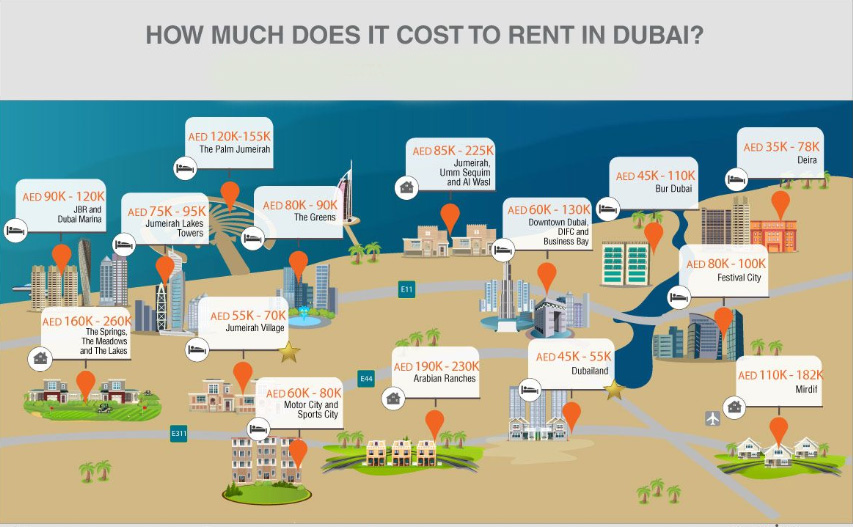
- Many travelers recommend that visitors bring their own toilet tissue with them. This is because public restrooms often do not have any in supply.
- During your travels, there is the possibility of an earthquake or, in some areas, a typhoon. While these incidents are rare, you should make sure you are prepared for the possibility when you leave.
U.S. Embassy in China
If you run into any problems on your trip, it is essential that you know how to contact the U.S. Embassy in China. The contact information for the U.S. Embassy in Beijing is listed below:
Address: No. 55 An Jia Lou Road, Chaoyang District, Beijing 100600, China
Phone: +(86)(10) 8531-4000
Emergency Phone: +(86)(10) 8531-4000
Email: [email protected]
Resources for Children Adopted from China
Following an international adoption, many Chinese adoptees and their parents are interested in obtaining more information about the adoptee’s pre-adoption background.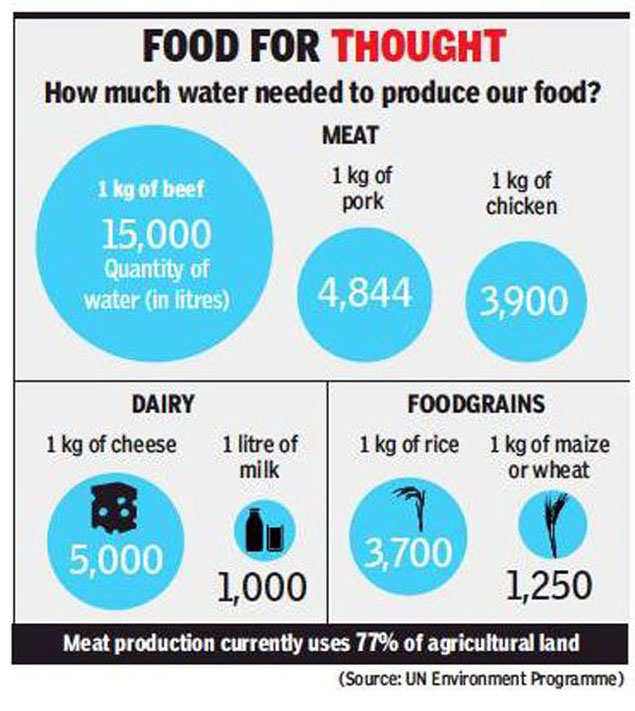 Questions about your (or your child’s) personal background can be directed to The China Center for Children’s Welfare and Adoption (CCCWA), the Chinese Central Authority for the Hague Adoption Convention.
Questions about your (or your child’s) personal background can be directed to The China Center for Children’s Welfare and Adoption (CCCWA), the Chinese Central Authority for the Hague Adoption Convention.
The contact information for CCCWA is listed below. When making an inquiry, be sure to provide as much detail as possible regarding the adoptee’s circumstances. Note that there may be limited information available for China adoption cases that occurred prior to 2011.
Address: 16 Wang Jia Yuan Lane, Dongcheng District, Beijing, China 100027
Phone: 010-655-48998
Email: [email protected]
Adopting a Child from China
THE CHINA PROGRAM IS ON HOLD
DUE TO THE PANDEMIC.
Why adopt from China?
China Adoption is one of the most stable and established international adoption programs available. China provides adoption services through the China Center for Children’s Welfare and Adoption (CCCWA).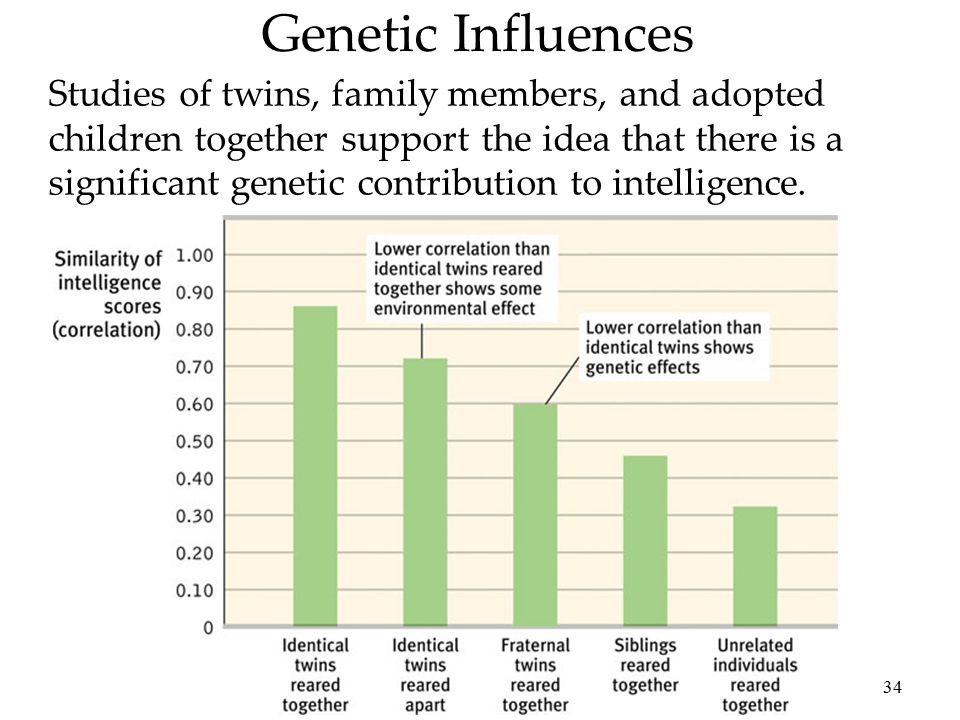 At this time, adoptions from CCCWA are waiting children with special needs. If you not considering a waiting child or special needs child, consider adopting from Korea or Thailand. CCCWA gives children with special needs priority, so the process is expedited to ensure these children quickly find a loving family. Some of the major advantages of adopting from China are:
At this time, adoptions from CCCWA are waiting children with special needs. If you not considering a waiting child or special needs child, consider adopting from Korea or Thailand. CCCWA gives children with special needs priority, so the process is expedited to ensure these children quickly find a loving family. Some of the major advantages of adopting from China are:
- Medical histories provided and updates can be requested
- Multiple ways to adopt from China
- You control which child is to be matched
- Short travel time, in most cases around 2 weeks
- Affordable and predictable costs
How long does it take to adopt a child from China?
China Waiting Child Program: The process for a Waiting Child from China is currently taking 12-18 months from application to placement. The wait for a referral after the home study is completed is currently taking an average of 0-6 months.
China Non-Special Needs Program: Though New Beginnings continues to accept families into the regular China program (for healthy children), this process is taking six years or longer.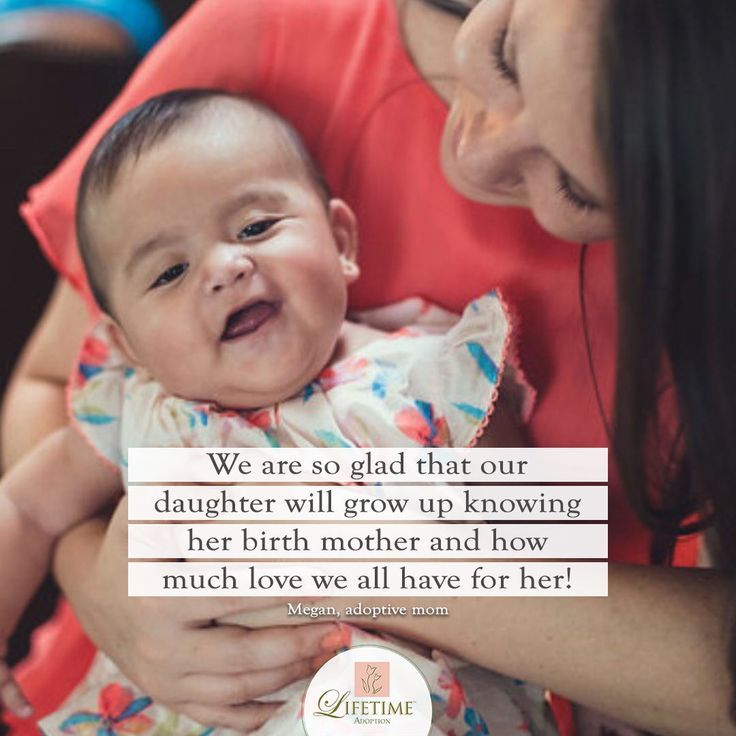 We do not encourage application through the non-Special Needs China program for this reason.
We do not encourage application through the non-Special Needs China program for this reason.
Consider Waiting Children
For many people, a waiting child adoption is a wonderful way to add a member to their family. A waiting child is a child who is legally free for adoption but does not yet have a permanency plan. To be open to a waiting child does not mean that you must be open to all conditions, only some conditions. For New Beginnings’ waiting children program, we would only present the child’s information with the condition or types of conditions the family has indicated they are open to. If the family intends on proceeding, New Beginnings would take the steps to secure the referral. If the match is declined, another will be made for consideration when available.
Because China is primarily special a needs program, the children referred qualify due to their age or their varying degrees of medical conditions. Due to the high cost of medical expenses and fear of discrimination, special needs children in China may be abandoned by their birth parents.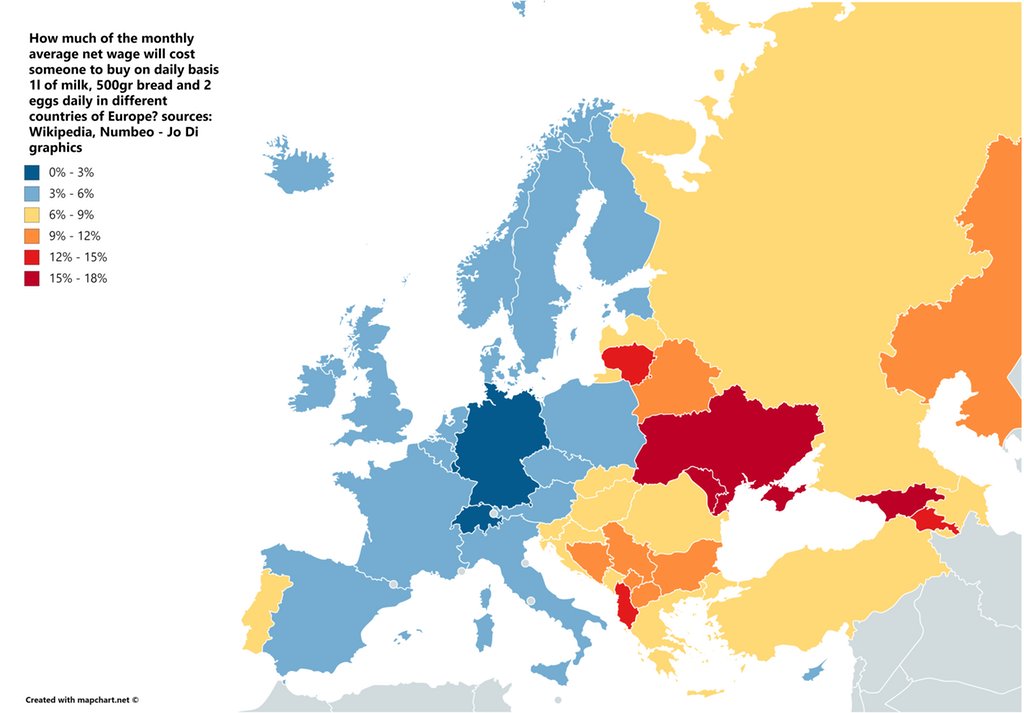 The children available vary from around 9 months to 13 years old. Waiting children can have medical conditions ranging from minor to severe. Conditions include but are not limited to spina bifida, missing limbs, congenital heart defects, cleft lip and palate, hearing and vision issues, Down Syndrome, and developmental delays. Families should research each condition they are considering and discuss with their social worker the potential impact it could have on their family.
The children available vary from around 9 months to 13 years old. Waiting children can have medical conditions ranging from minor to severe. Conditions include but are not limited to spina bifida, missing limbs, congenital heart defects, cleft lip and palate, hearing and vision issues, Down Syndrome, and developmental delays. Families should research each condition they are considering and discuss with their social worker the potential impact it could have on their family.
CCCWA will release waiting children’s information to New Beginnings in two different ways. First, CCCWA provides New Beginnings with a designated list of children that are only assigned to New Beginnings families. We will work hard to locate adoptive families who are willing and ready to adopt these children through the Special Focus Adoption program. In all cases, families should get information such as pictures, background and history, developmental information, basic physical exam, and detailed information on the child’s medical condition or special needs.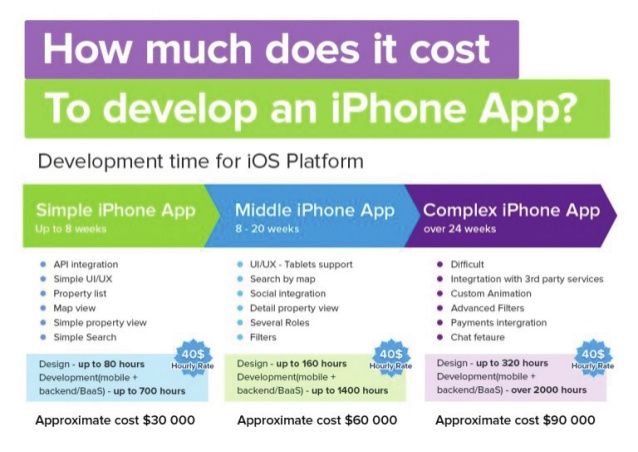 If the information is not current, New Beginnings can request updated photos, videos, medical reports, and testing results. The second was CCCWA releases information is through a shared list. This list is open for all agencies to see. If a child matches a family’s profile, the agency is able to lock the file for that family if the child is still available on the list. We monitor the shared list daily and have good success finding the right match.
If the information is not current, New Beginnings can request updated photos, videos, medical reports, and testing results. The second was CCCWA releases information is through a shared list. This list is open for all agencies to see. If a child matches a family’s profile, the agency is able to lock the file for that family if the child is still available on the list. We monitor the shared list daily and have good success finding the right match.
Will I be required to travel to China?
Foreign travel is required. The trips are well organized and go smoothly. Since you are placed with the child very early in the trip, your primary focus needs to be on parenting the child, not the itinerary. Our representative in China will greet you at the airport and guide you through every step of the adoption process. If requested, we do schedule sightseeing and shopping for your pleasure and experience. Itineraries are very reliable, and glitches rarely happen. If one does, our staff will resolve it and have you back on the schedule. You will be in and out of China in two weeks.
You will be in and out of China in two weeks.
Who is eligible to adopt from China?
ELIGIBILITY AND INFORMATION
CCCWA has varying requirements for married couples and single females. All applicants are required to be heterosexual, and single females are limited to only the Special Focus Adoption program. Single females can adopt one child at a time and must wait 1 year before starting a second adoption.
Married Couples*
- Must be married for at least two years if neither applicant has been divorced (limit of two previous marriages). If previously married, the length of the current marriage has to be at least five years.
- Applicants should be between 30 and 55 years old.
- Applicants should have a High School or equivalent education level.
- Combined income should total at least $10,000 for each family member, including the adopted child.
- A net worth of at least $80,000.
- No more than five children in the home under the age of 18 years old, the youngest being at least three years old.

- Applicants should have no history of criminal activity or drug use.
- Applicants should be physically and mentally healthy (no antidepressants for the past two years).
- The couple should have good medical insurance that will cover the adopted child’s medical needs.
Single Females (Special Focus Adoption Only)*
- If in a stable relationship and living with a male partner, you must meet the requirements of a married couple.
- Applicants should be between 30 and 50 years old. If over 50, the difference between the child and the adoptive parent cannot exceed 45 years.
- If previously married, the applicant must provide a certificate of marital status (divorce decree).
- Applicant must submit a letter explaining her decision to remain single and describe her attitude toward marriage. This must include her plan to involve men as role models for an adopted child.
- Applicant’s income should total at least $20,000 plus $10,000 for each family member, including the adopted child.

- A net worth of at least $100,000.
- Applicant should be physically and mentally healthy (no antidepressants for the past two years).
- The applicant should have good medical insurance that will cover the adopted child’s medical needs.
- No more than two children in the home, the youngest must be at least six years.
How Much Does it Cost to Adopt from China?
For a breakdown of adoption expenses, view our China Adoption Expenses Disclosure.
Learn more about international adoption fees»
I'll take a Chinese girl. Adoption becomes more than fashion
The vicissitudes of Madonna's adoption of a one-year-old African child became one of the main international news last week. In their interest in the adoption of foreign children (it has already been called the "Angelina Jolie phenomenon" - the actress took a Cambodian boy and an Ethiopian girl into her family), the stars only follow the growing American trend: the United States is becoming a country of foreign adoptees.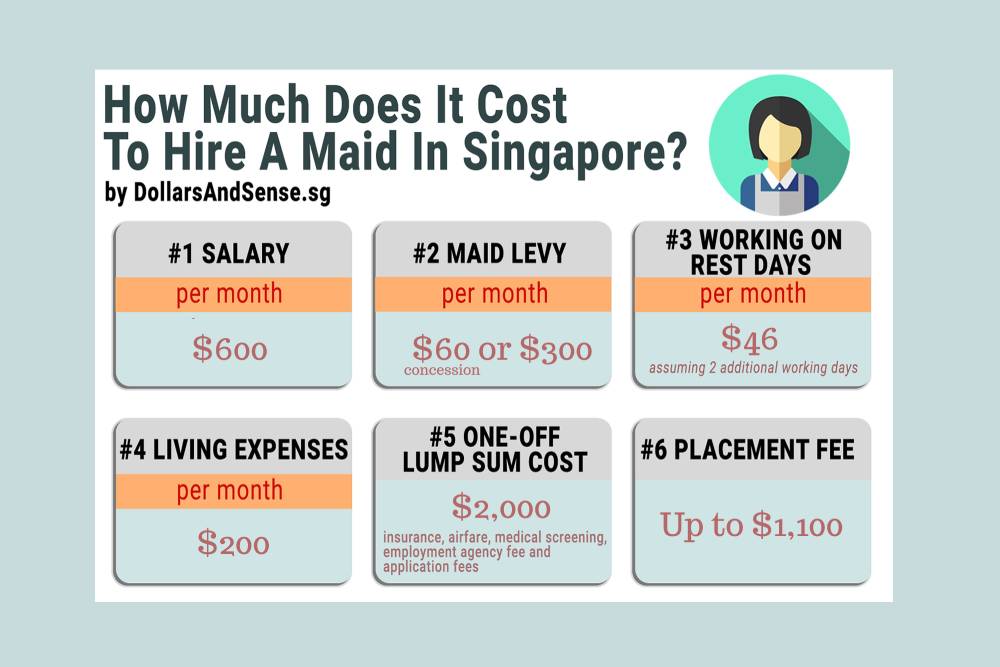 Americans will adopt about 23,000 foreign children this year.
Americans will adopt about 23,000 foreign children this year.
Why are children being adopted in the US overseas, mostly in developing countries? Perhaps Americans believe that orphans in these countries have a harder time than their American peers? No, the reason is much simpler. Adoptive parents want their biological parents to live away from them. It is known that mothers who give their babies up for adoption often change their minds and take their child back. Some states allow mothers to do so for up to 45 days after adoption.
“In addition, many people in the US want to adopt an American baby. You should look at what people write in statements: "We have a pony", "and we have a stable", "a yacht, a huge rural house." My husband and I didn't want such competition,” Marie's adoptive mother says.
In recent years, the number of children in need of adoption has noticeably decreased in the United States itself. Contraception and abortion have greatly reduced the number of unwanted babies. The attitude of society towards single mothers has also changed. This term has ceased to be a stigma. And American women calmly have children, even if they do not have a husband.
The attitude of society towards single mothers has also changed. This term has ceased to be a stigma. And American women calmly have children, even if they do not have a husband.
On the other hand, the Internet has simplified the search, opening up entire continents for future parents. According to Mohon's adoptive father, he has always been interested in India. With a surplus of population, the authorities of this country, it would seem, should have removed barriers to adoption by foreigners: “But adopting a child in India turned out to be difficult if you do not live permanently in this country. It is even more difficult to take a foster baby out of there.”
Over the past 10 years, the number of foreign children adopted annually by Americans has tripled. The author of the book devoted to this problem, Adam Pertman, believes that a revolution in the practice of adoption is taking place in the United States. His study is called "Country of Foster Children". Such children live here today in more than one and a half million families.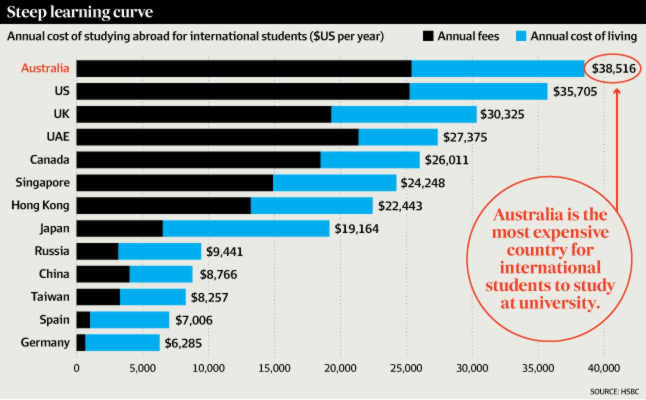 As a nation of immigrants, Americans are accustomed to seeing people of all races and peoples around them. Therefore, no one turns their heads when white parents lead a black child or a pretty brunette with slanted eyes by the hand. China has become the main supplier of children to America. Of the 23,000 foreign-speaking babies adopted in the United States last year, 8,000 were from China.
As a nation of immigrants, Americans are accustomed to seeing people of all races and peoples around them. Therefore, no one turns their heads when white parents lead a black child or a pretty brunette with slanted eyes by the hand. China has become the main supplier of children to America. Of the 23,000 foreign-speaking babies adopted in the United States last year, 8,000 were from China.
To make the process of getting used to a new family less painful, adoptive parents go to great lengths, even learning the language of their future children. And to make the adopted child not bored, they bring a second child from the same country. So Valery-Taylor moved to America.
“I'm 19 now,” he says. - I came to America at the age of 13, was adopted from Ulyanovsk, I lived in an orphanage there for 9 months. Before that, my life was very hard. Dad died when I was 5 years old. My mother, my sister and I traveled around the cities, sleeping under bridges. I didn't want my sister to starve to death. Because of this, I jumped over fences, stole cucumbers, tomatoes, and other vegetables. In winter, I went to the door and asked people to help me with food.
Because of this, I jumped over fences, stole cucumbers, tomatoes, and other vegetables. In winter, I went to the door and asked people to help me with food.
The boy received a double name on his own initiative: “I really love the family that adopted me. And I wanted my name to be close to American. My [foster] mom had an uncle named Taylor."
Valeriy-Taylor, a homeless Chuvash from Ulyanovsk, is now studying at Berry College in Georgia.
-
Vladimir Morozov
Interracial adoption: "They think I kidnapped my own child."
- Mega Mohan
- BBC
Sign up for our 'Context' newsletter: it will help you understand the events.
Image credit: @fosterdadflipper/Instagram
Image captionAnthony and Peter near their home in North Carolina
Interracial adoption usually only goes in one direction: White families adopt non-white babies.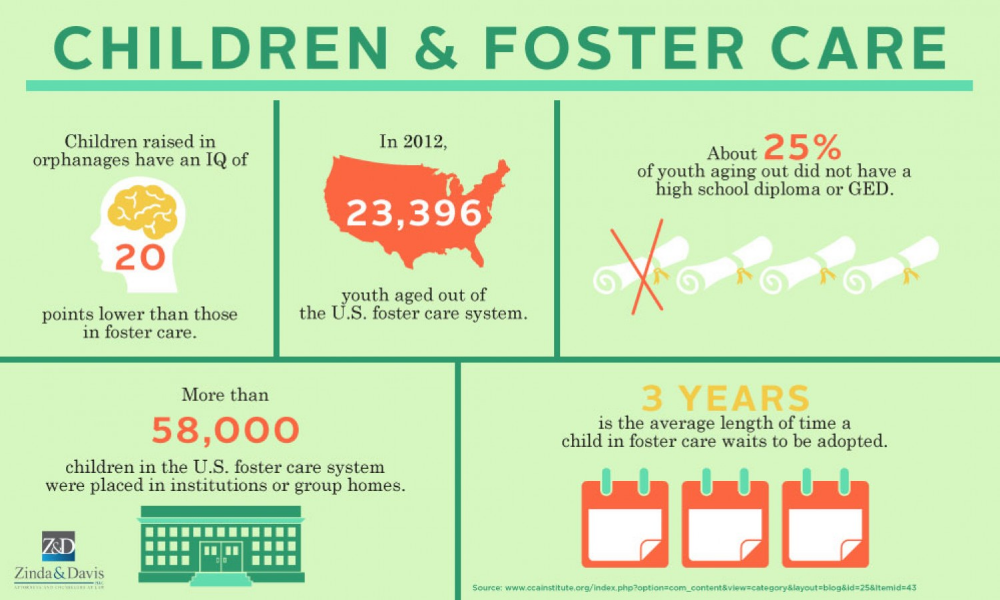 A black adopter of a white child in the US is likely to face suspicion and questioning. Peter from Charlotte, North Carolina shared his life experience with BBC correspondent Mega Mohan.
A black adopter of a white child in the US is likely to face suspicion and questioning. Peter from Charlotte, North Carolina shared his life experience with BBC correspondent Mega Mohan.
"I suspect it's a kidnapping"
Seven-year-old Johnny woke up that day in a bad mood and was acting up more than usual. While dining at a restaurant, Peter watched his adopted child quarrel with another boy in the play area. It was necessary to leave so that the matter did not end in a fight and a roar.
Peter quickly paid and picked Johnny up in his arms. He twirled and pulled out.
At the car, Peter put the boy on the ground to open the door. A frowning woman approached them.
"Where is the mother of this child?" she asked.
"I am his father," Peter replied.
The lady stood in front of the car, blocking the road, copied the number with a glance and took out her mobile phone.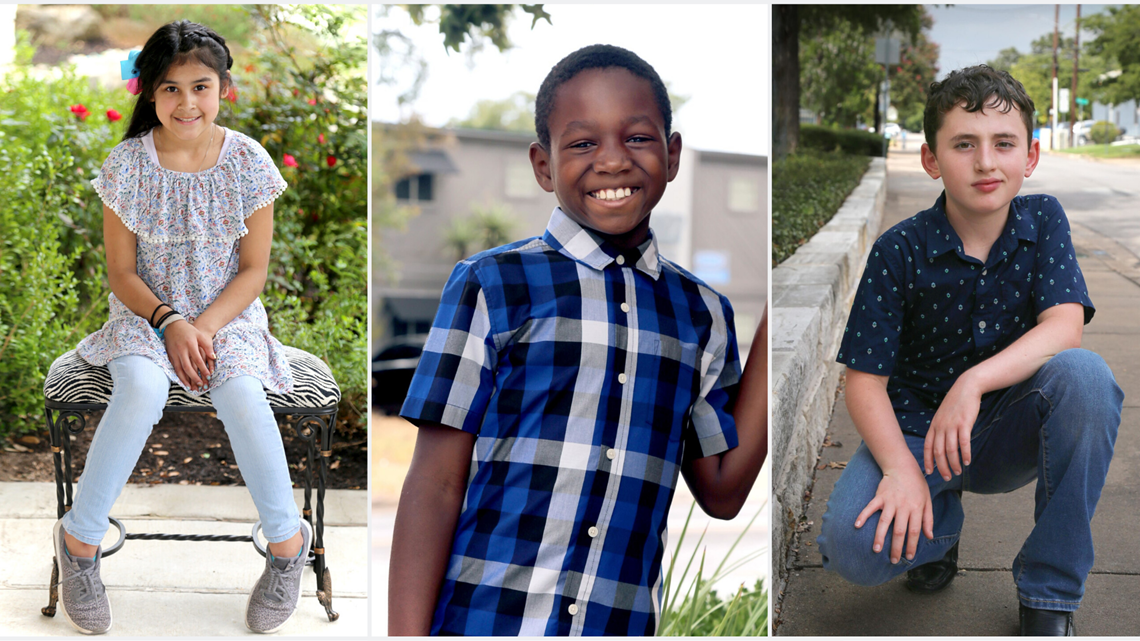
"Hello, police? I think a black man is kidnapping a white child here."
Johnny froze and looked up at his adoptive father. Peter hugged him.
"Nothing, nothing," he said.
Difficult childhood
Image copyright @fosterdadflipper/Instagram
Image caption,The cabin in Kabala, Uganda, where Peter spent his childhood
Skip the Podcast and continue reading.
Podcast
What was that?
We quickly, simply and clearly explain what happened, why it's important and what's next.
episodes
The End of the Story Podcast
Travel site Lonely Planet describes the dusty town of Kabale in Uganda as "a place where you don't stay long." This is a transit point where tourists arrive to go to the famous national parks of neighboring Rwanda and the Democratic Republic of the Congo.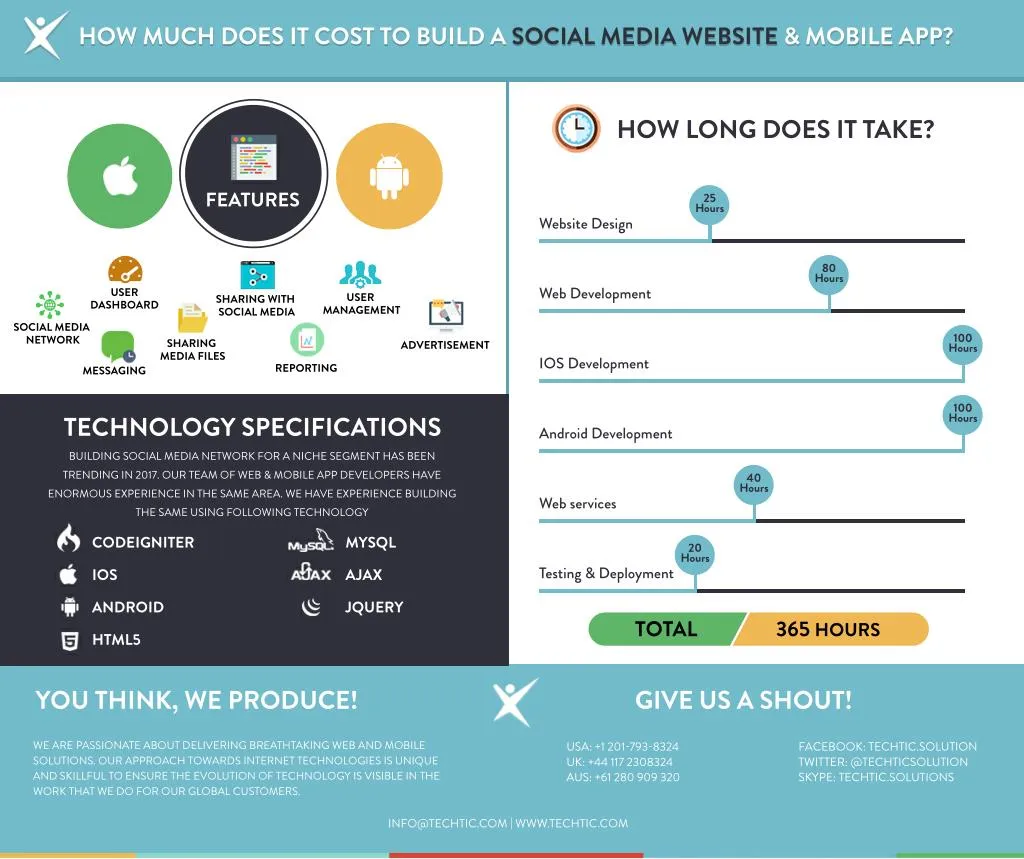
But some people live there permanently.
Peter Mutabazi was born and raised in Kabala, and it still hurts him to remember his childhood.
Eight children of a large family slept on a hard floor in a two-room house.
They usually ate soup and potatoes. If there were also beans, it was a joy. Sometimes there was no food," Peter recalls.
From drinking and fighting at home, Peter ran to his aunts who lived nearby.
"On the one hand, it was good to have a lot of relatives who raised me with the whole world," he says. “On the other hand, it was pretty chaotic.”
At the age of 10, Peter left home, choosing the life of a street child. He grabbed a trifle lying at home unattended and headed to the bus station.
The boy could not read. "What's the farthest bus here?" he asked the waiting woman. She pointed to one of the cars. Peter climbed into it and drove to the capital of Uganda, Kampala.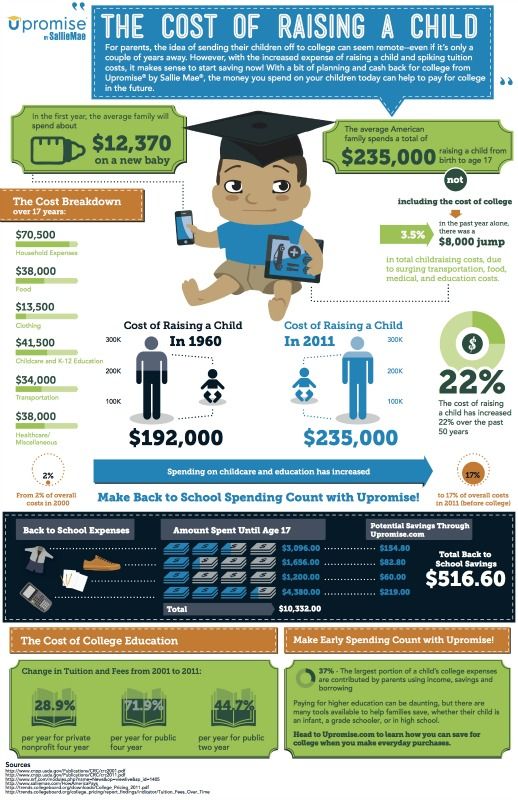
The journey of 400 kilometers took a whole day. In Kampala, Peter went to the market and began to ask the merchants if there was any job for him - for food.
For the next two years, Peter lived on the streets, making friends with street children like himself and sharing what he managed to get hold of.
Then, according to him, he acquired an invaluable skill: to recognize good people at first sight.
One of them was named Jacques Masiko. He came to the market every week for groceries, and sometimes he treated Peter to a hot lunch.
About a year later, Jacques Masiko asked the boy if he would like to study, and got him into school, and after another six months, after looking at Peter's diligence, he offered to live with him.
The Masiko family treated Peter like family. Trying to please his adoptive father, he studied excellently and at the end of school he won a grant to study at an American university.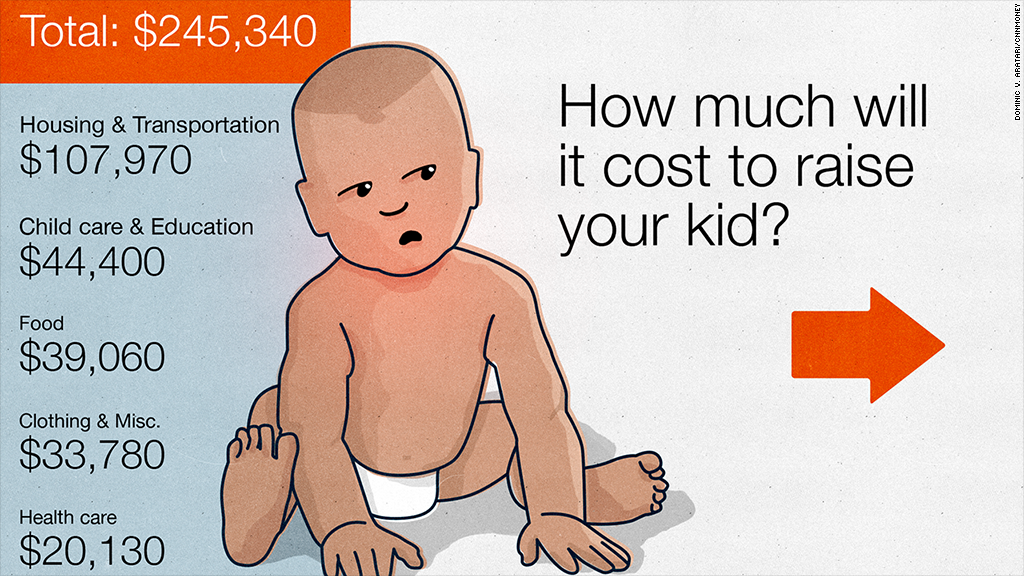
Now Peter is in his forties. He has been living in the USA for a long time and achieved prosperity there.
While working for a charitable organization, Peter took many American philanthropists to Uganda who wanted to donate money to a particular community, and before that they had a look at it. Once such donors turned out to be a family with an adopted daughter, who was taken on a trip.
It occurred to Peter for the first time that there were perhaps as many children in America who needed a home as there were in Uganda.
Back in North Carolina, he went to an adoption agency and said he wanted to do something for them as a volunteer.
The author of the photo, @fosterdadflipper/Instagram
Photo caption,Jacques Masiko (right) once adopted Peter and placed him in a school
"Do you want to adopt a child?" the employee asked.
- I am not married.
- So what? There are many boys in our database who need a male upbringing.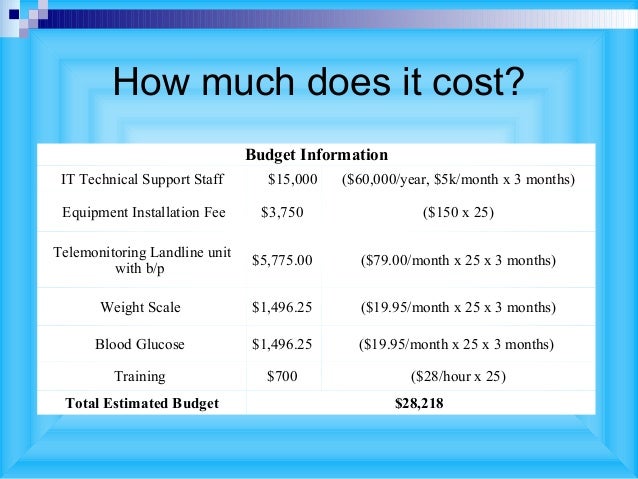
Peter was the only single man in North Carolina who decided to become a foster father.
For the first three years, his house served as a temporary shelter for boys who, for various reasons, urgently needed care. You can’t instantly find a permanent foster family, and the children spent several months with him.
When filling out the form, Peter took it for granted that he would be offered African-American babies. To his great surprise, the first five-year-old pupil turned out to be white.
"I realized that the color of the skin does not matter to me," he says. in due time for me Mr. Masiko.
Anthony
Nine boys, white, black and Hispanic, visited Peter's house in three years.
"What I wasn't prepared for was how difficult it would be to part with each of them," he says.
Peter decided to take a few months off to prepare emotionally for his new little guest.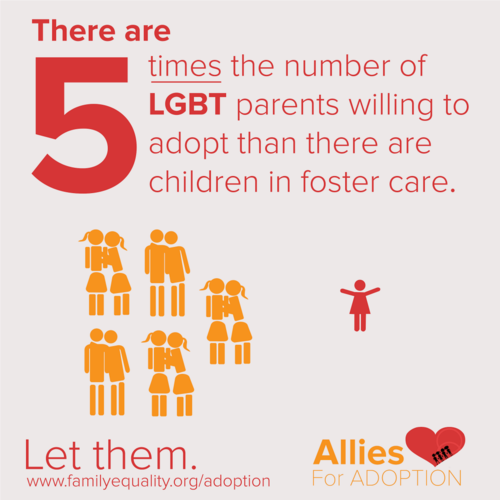
So when he got a call one Friday night saying that there was an 11-year-old boy in urgent need of shelter, he first said no.
Photo credit: @fosterdadflipper/Instagram
Photo captionPeter (left) and his adopted son, Anthony (right). Johnny (center) spends time at Peter's while waiting for permanent care
“I said that I broke up with the previous child only three days ago, and now I need at least a two-month break. But they insisted, they said that this was an exceptional, tragic case, that they were asking me to take the boy at least for the weekend, and then they would find some solution," Peter recalls.
Anthony - a tall, pale, athletic boy with a shock of curly hair on his head - was driven to Peter's house at three in the morning.
The next morning we sat down to breakfast.
"Call me Peter," the owner said.
"May I call you papa?" - asked the guest.
Peter was amazed. Before that, they had communicated no more than twenty minutes and did not know anything about each other.
"Later I thought that his intuition must have been stronger than mine. He understood everything immediately," says Peter.
They spent Saturday and Sunday together: they went to the mall, where Peter bought some of Anthony's clothes, cooked, chatted about trifles: who likes what food and what movies he likes.
"That's how we looked at each other," Peter recalls.
On Monday, when an employee from the adoption agency arrived, he finally learned Anthony's story.
The boy was under guardianship from the age of two, and at the age of four he was adopted by one family. Seven years later, his adoptive parents brought him to the hospital and left him, and when the police found them, they said that they were no longer able to take care of him.
"I couldn't believe it," says Peter.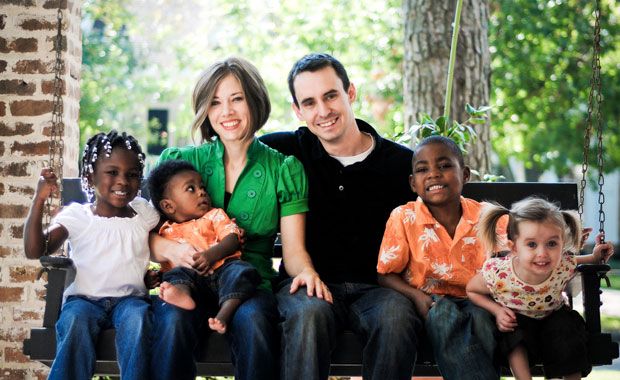 "They didn't even say goodbye to him, they didn't explain anything, and they never came back. How can that be?"
"They didn't even say goodbye to him, they didn't explain anything, and they never came back. How can that be?"
"I felt like I was back in my own childhood. Anthony was like me, ten years old, on the streets of Kampala. Like me, he had nowhere to go."
"You know what?" I said to the social worker. "All I need is the paperwork to get him into school. We'll get along."
Image copyright @fosterdadflipper/Instagram
Peter formally adopted Anthony a year later.
The boy asked his adoptive father a lot about Uganda. Now, he said, this is my legacy. Peter taught him how to cook katogo, a national dish of chopped cassava and beans, usually eaten for breakfast.
Anthony enjoyed introducing Peter to his classmates.
"My dad," he imagined and enjoyed the sight of their bewildered faces.
"Suspicious couple"
Sometimes it was not funny.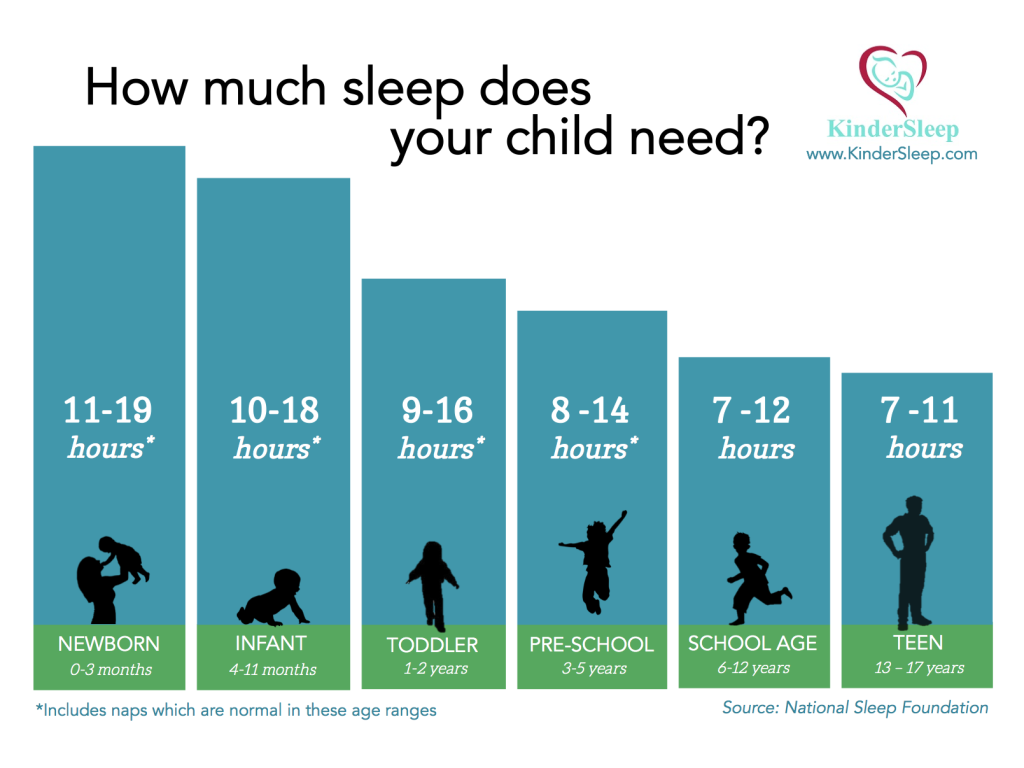
One day, 13-year-old Anthony was stopped by security at the airport and asked who he was traveling with.
"With father," Anthony pointed to Peter. The employee checked the documents and released them.
Anthony indignantly told his adoptive father that this was real racism.
"I am your father and I love you," Peter tried to reassure him. "People with my appearance are not always treated well. Your task is not to be angry at those who behave like that, but to treat people like me with dignity."
This spring, Peter got a call from the agency asking if he could temporarily take in a seven-year-old boy named Johnny, whose family was in dire financial straits due to the coronavirus.
Johnny took root in the house as well as Anthony did in his time, and looking at the older one, he also began to call Peter dad.
White-skinned and blond Johnny at the same time caused even more puzzled looks.
So Peter wasn't at all surprised when the lady at the restaurant called the police. It only took a few minutes to confirm that Peter was indeed the guardian, but the boy was deeply impressed. Peter had the same conversation with him as he had with Anthony.
After the death of George Floyd, Peter spoke to Anthony about the Black Lives Matter movement and asked him to keep his cell phone ready just in case.
"I'm black and I have 10 seconds to tell them who I am before things get heated," he says. You are my witness."
"I think he understood. He knows that we are in America, and because I look different from him, this attracts special attention to me. A white man who adopts a black child does not face such tension and suspicion."
Interracial adoption
Adoption patterns vary from country to country and there are no reliable global statistics on interracial adoption.
According to the international Internet resource "Children of the Rainbow", 73% of children of non-European origin adopted in the world are adopted by white adoptive parents.
Psychologist Nicholas Zill, senior researcher at the American Institute of Family Affairs, points out that white families in the US are much more likely to adopt non-racial children.
"At the latest data we have for 2016, only 1% of African-American families adopted white children, and 92% black children. Among children adopted by whites, 5% are black and another 11% are of other races. This may be related with cultural biases that persist, including in the adoption and guardianship authorities," he told the BBC.
In the UK, Sandip and Reena Mander sued £120,000 (about $153,000) in moral damages last year from Windsor and Maidenhead County after officials advised them to seek adoption in India or Pakistan.
"The law of the United Kingdom clearly states that race is not a determining factor in choosing a foster family for a child," explained Nick Hodson, partner at Macalister Law Firm, who has specialized in family law for over 20 years.
The Children and Families Act 2014 removed the requirement for local councils to take into account the race and culture of children when selecting adoptive parents for them. This was done because non-white children ended up waiting much longer for adoption than white children."
Hodson said he could not comment on specific cases, but admitted that non-white adopters such as the Manders may still face difficulties.
"There may be some discrepancy between what the law says and what is done in real life," he added.
Peter had no problem with the adoption service as caretaker, but Anthony's adoption might not have gone so smoothly had he been younger.
Nicholas Zill confirms that finding a permanent home for children over the age of five is much more difficult.
Peter says he knows black families who had to wait a long time because there were no African Americans among the children in need of adoption.
